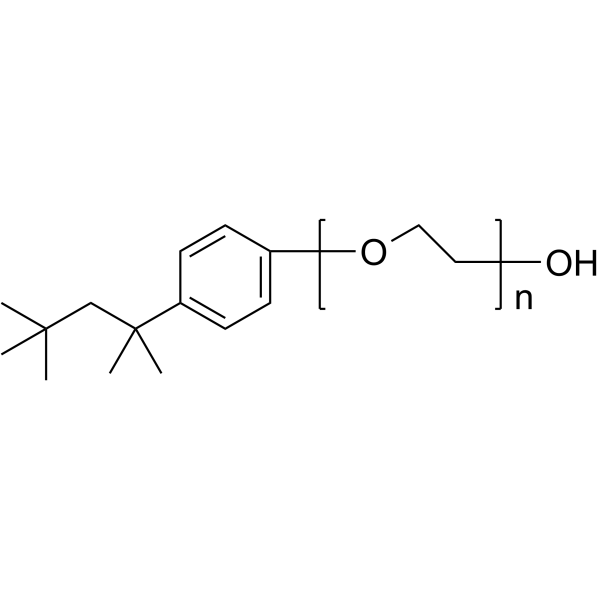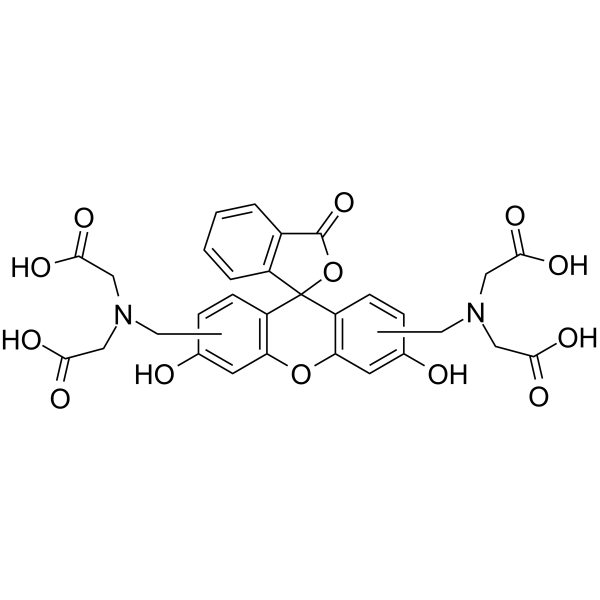| Structure | Name/CAS No. | Articles |
|---|---|---|
 |
Chloroform
CAS:67-66-3 |
|
 |
cholesterol
CAS:57-88-5 |
|
 |
Triton X-100
CAS:9002-93-1 |
|
 |
Glycerol
CAS:56-81-5 |
|
 |
1,2-Distearoyl-sn-glycero-3-phosphocholine
CAS:816-94-4 |
|
 |
Calcein (mixture of isomers)
CAS:154071-48-4 |